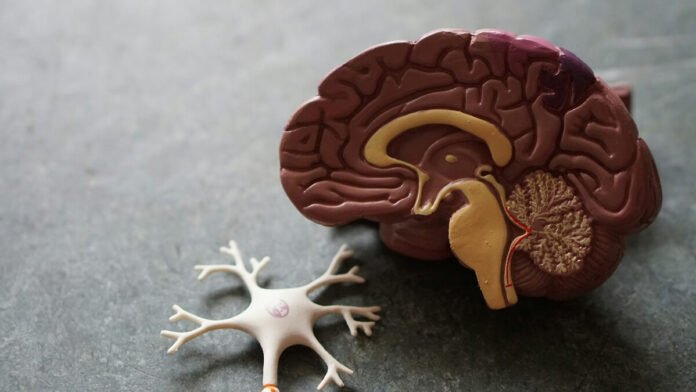Damage to the brain’s white matter can have a major impact on a person’s neurological function, impairing mobility, thinking, and general quality of life. As scientists learn more about the mechanisms underlying white matter injury, the search for efficient methods to regenerate and repair white matter becomes more crucial. This article examines the state of research on brain white matter restoration, including new treatments and lifestyle choices meant to aid in healing the white matter.
What is Damage to White Matter
When the myelin sheath that covers nerve fibers is damaged or destroyed, white matter damage results. Leukodystrophies and multiple sclerosis (MS) are two diseases that can harm white matter through genetic defects or inflammation. Damage to white matter disrupts the flow of information between various brain regions, leading to neurological symptoms like numbness, weakness, and problems with movement or thought. It is essential to comprehend the fundamental causes of white matter damage in order to create successful treatment plans.
Importance of Repairing White Matter
Maintaining normal neurological function requires repairing the white matter region of the brain. White matter repair can help alleviate the symptoms of diseases like leukodystrophies and multiple sclerosis, improving the general quality of life for those who are impacted. Furthermore, repairing the damaged white matter regions can stop additional degeneration and problems brought on by an injury or disease. By concentrating their efforts on repairing the white matter, researchers and medical experts can address the root causes of neurological problems and support long-term brain health and functionality.
Current Treatment Approaches
There are several ways to treat white matter injury in the brain. Immunosuppressive medications are often recommended to treat multiple sclerosis and other illnesses by managing symptoms and delaying the disease’s progression. Programs for physical therapy and rehabilitation aid in the ability to move, coordinate, and exert force. Furthermore, occupational therapy and speech therapy may help with daily living skills and cognitive function. The goal of current treatments is to reduce symptoms; however, white matter damage may not be directly repaired. Therefore, studies into more focused treatments on how to repair white matter in the brain are still ongoing.
Emerging Research and Therapies
Promising treatments for restoring white matter in the brain are being uncovered by exciting advances in science. Innovative techniques, including stem cell treatment, which involves grafting healthy cells into brain injury areas to encourage regeneration, are being investigated by scientists. With the use of growth hormones and gene therapy, some experimental treatments aim to improve the brain’s inherent repair capabilities. Furthermore, the potential of neuroprotective medicines to prevent additional injury to white matter and facilitate recovery is being studied. Even though these treatments are still in the early phases of research and development, they give people with white matter injury hope for better results.
Lifestyle Strategies for White Matter Repair
Adopting good lifestyle choices can help the brain’s white matter to heal in addition to medical interventions. Frequent physical activity increases blood flow to the brain, which can support regeneration and growth of new cells. A healthy diet that is abundant in fruits, vegetables, and omega-3 fatty acids is necessary to support the processes of brain repair and health. Making sleep a priority enables the brain to regenerate and rest, promoting healing processes. Reading and solving puzzles are two mentally taxing activities that can support white matter integrity and protect cognitive function. Furthermore, controlling stress and abstaining from dangerous drugs and alcohol helps shield white matter from additional deterioration. People can assist in the rebuilding of white matter in the brain and maximize brain health by implementing these lifestyle measures into their everyday routines.
Conclusion
In conclusion, the restoration of white matter in the brain is a challenging yet crucial project for the neuroscience community. Though symptom management and support are provided by existing treatments, the search for focused medicines that directly address white matter loss is continuing. However, there is hope for increasing white matter repair and regeneration through the investigation of stem cell treatment, neuroprotective drugs, and lifestyle interventions. By continuing to explore these avenues and prioritize brain health, we can pave the way for improved outcomes and quality of life for individuals affected by white matter damage.



